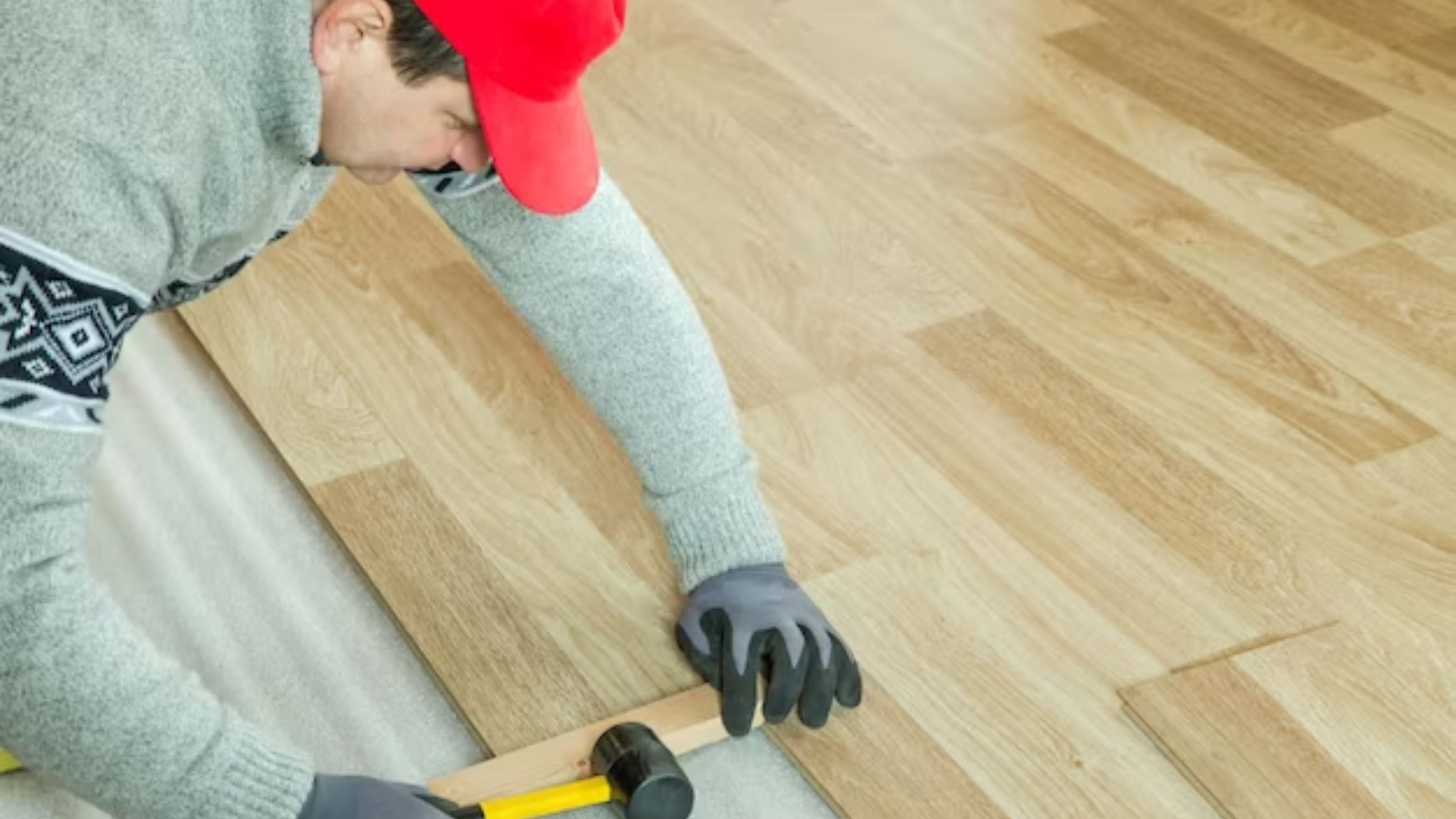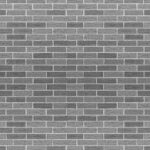
Residential floor sanding and polishing play a crucial role in enhancing the aesthetic appeal and durability of floors. Whether it’s hardwood, engineered wood, or other types of flooring, the process of sanding and polishing can breathe new life into tired, worn-out floors. However, to ensure a successful outcome, it’s essential to avoid common mistakes that can compromise the entire project.
In this comprehensive guide, we will explore the nine most prevalent mistakes to steer clear of when undertaking residential floor sanding Melbourne projects. By understanding and avoiding these pitfalls, homeowners and contractors alike can achieve stunning results that elevate the beauty and longevity of their floors.
Let’s delve into these key considerations to ensure a smooth and successful floor renovation journey.
1. Not Removing Furniture Properly
Properly removing furniture before beginning the sanding and polishing process is paramount to prevent damage to both the furniture and the floors. Failing to do so can result in scratches, dents, or stains on the furniture, as well as potential damage to the floor’s surface. To avoid such mishaps, it’s crucial to carefully relocate and store furniture in a safe area during the renovation process. Utilising furniture sliders and protective coverings and enlisting the help of others can make this process smoother and prevent any unwanted accidents.
2. Skipping the Preparation Stage
The preparation stage is often underestimated, yet it is a critical phase in ensuring the success of floor sanding and polishing projects. Neglecting this stage can lead to subpar results and may even exacerbate existing floor issues. Thoroughly cleaning the floors, repairing any damages, and ensuring a smooth, even surface are essential steps before proceeding with residential floor sanding and polishing Melbourne service. Taking the time to prepare the space adequately sets the foundation for a flawless finish.
3. Neglecting Dust Management
Dust is an inevitable byproduct of the sanding process, and neglecting to implement proper dust management techniques can lead to a messy and challenging work environment. Furthermore, dust accumulation can negatively impact the quality of the final finish. It’s essential to prioritise effective dust management by utilising dust containment systems, sealing off adjacent areas, and incorporating regular vacuuming into the workflow. These measures significantly reduce the spread of dust, ensuring a clean and controlled workspace conducive to achieving professional results.
4. Using Incorrect Grit Sandpaper
Selecting the appropriate grit sandpaper is crucial for achieving the desired results during the sanding process. Using the wrong grit can result in uneven surfaces, excessive material removal, or ineffective smoothing of the floor. It’s essential to assess the condition of the floor and choose the correct grit to ensure a uniform and polished finish. Consulting with professionals or following manufacturer recommendations can aid in selecting the most suitable grit for the specific floor type.
5. Applying Too Much or Too Little Finish
Selecting the appropriate grit sandpaper is paramount for achieving the desired results during the sanding process. Using the wrong grit can result in uneven surfaces, excessive material removal, or ineffective smoothing of the floor. It’s crucial to thoroughly assess the condition of the floor and carefully choose the correct grit to ensure a uniform and polished finish. Seeking guidance from professionals or adhering to manufacturer recommendations can facilitate the selection of the most suitable grit for the specific floor type, guaranteeing optimal outcomes.
6. Rushing Through Each Step
The application of the finish is a delicate balance that significantly impacts the project’s overall outcome. Applying too much finish can result in a thick, uneven coat that detracts from the floor’s appearance, while using too little may lead to an insufficient protective layer. Achieving the optimal amount of finish requires meticulous application techniques and adherence to recommended guidelines. By prioritising precision and care during the finishing process, professionals can ensure a balanced and durable finish that enhances the floor’s aesthetic appeal while providing adequate protection against daily wear and tear.
7. Ignoring Floor Imperfections
Overlooking floor imperfections such as scratches, dents, or uneven surfaces can detract from the overall appearance of the polished floor. Identifying and addressing these imperfections before the residential floor sanding and polishing Melbourne process is vital for achieving a flawless result. Whether it involves filling gaps, repairing damaged areas, or levelling uneven surfaces, addressing floor imperfections is crucial in achieving a refined and polished floor.
8. Failing to Follow the Manufacturer’s Recommendations
The manufacturer’s recommendations for products and equipment should not be disregarded, as doing so can lead to suboptimal results and potential damage to the floor. Whether it pertains to the choice of sandpaper, types of finish, or specific application techniques, following the manufacturer’s guidelines is fundamental to the project’s success. Deviating from these recommendations can compromise the integrity of the finish and may lead to avoidable issues down the line.
9. Lack of Regular Maintenance Post-Polishing
Completing the sanding and polishing process marks the beginning of a floor’s new life, and regular maintenance is essential to preserve its beauty and longevity. Neglecting regular maintenance, such as cleaning, polishing, and addressing minor damages, can diminish the floor’s appearance and durability over time. Implementing a routine maintenance schedule and taking residential floor sanding Melbourne service regularly will help prolong the polished floors’ lifespan, keeping them pristine for years to come.
-
Tips for effective Floor Sanding and Polishing
Proper Preparation: Before starting the sanding process, ensure the floor is clean and free of debris or obstructions. Remove furniture and fixtures from the area to be sanded and polished.
Select the Right Equipment: Choose high-quality sanding and polishing equipment suitable for the type of flooring you’re working with. Ensure that sandpaper grits are appropriate for the condition of the floor.
Start with Coarse Grit: Begin sanding with coarse grit sandpaper to remove any existing finish, imperfections, or unevenness on the floor surface.
Work Methodically: Sand the floor in small sections, moving systematically across the room consistently to ensure even sanding and avoid missing spots.
Progress to Fine Grit: Gradually transition to finer grit sandpaper as you progress through the sanding process to achieve a smoother finish.
Use Proper Technique: Keep the sander moving steadily, and avoid applying excessive pressure, which can cause uneven sanding and gouging of the floor.
Address Edges and Corners: Use a detail sander or hand sanding block to sand hard-to-reach areas, edges, and corners where the larger sander cannot reach.
Clean Thoroughly: After sanding, thoroughly clean the floor to remove all dust and debris before applying the polish or finish. Use a vacuum, tack cloth, or damp mop to ensure the surface is clean and smooth.
Apply Finish Evenly: When applying polish or finish, use a clean applicator and apply the product evenly in thin coats, following the manufacturer’s instructions. Allow sufficient drying time between coats.
Protect the Floor: Once the polish or finish has dried completely, consider adding protective pads or furniture coasters to prevent scratches and scuffs on the newly refinished floor.
By following these tips, you can achieve professional-quality results when sanding and polishing your floors, enhancing their appearance and durability for years to come.
Conclusion
In conclusion, avoiding these common mistakes is crucial for achieving exceptional results in residential floor sanding Melbourne projects. Proper furniture removal, thorough preparation, effective dust management, and careful attention to detail are key elements in ensuring a successful outcome. By following these guidelines and removing these common pitfalls, individuals can transform their residential spaces with beautifully polished floors that exude elegance and charm.
Incorporating the right techniques and avoiding these pitfalls will set the stage for a stunning transformation, elevating any residential space’s aesthetic appeal and value. Whether it’s a renovation project or routine maintenance, adhering to these principles will lead to polished floors that stand the test of time, providing long-lasting beauty and durability for years to come.






